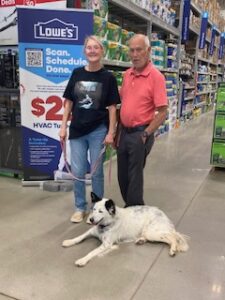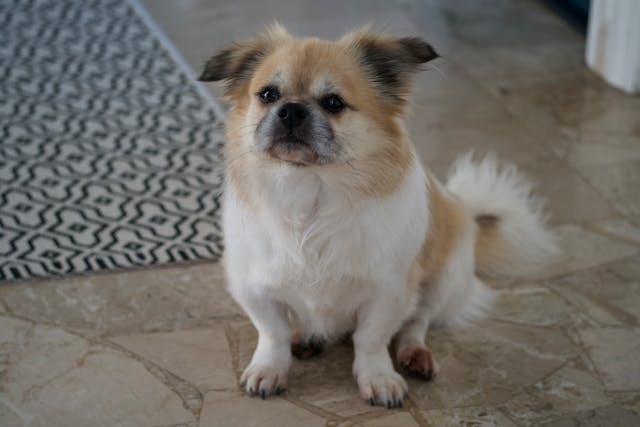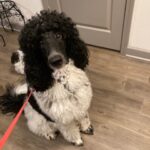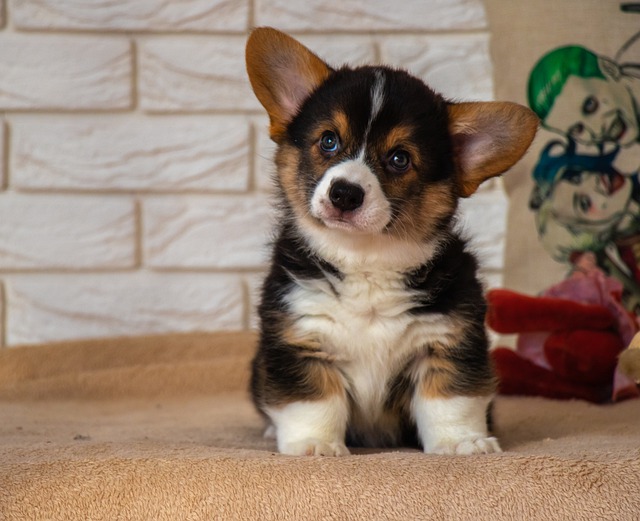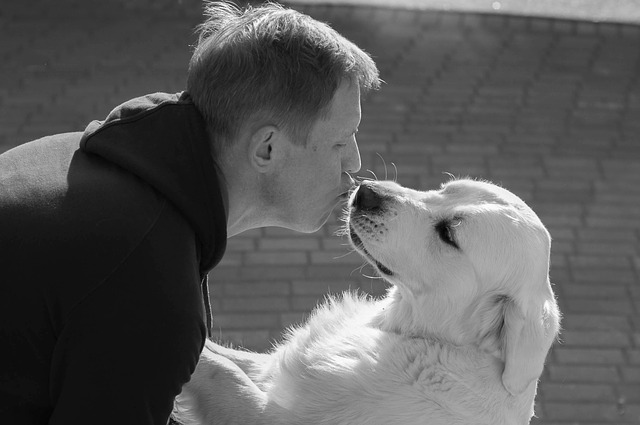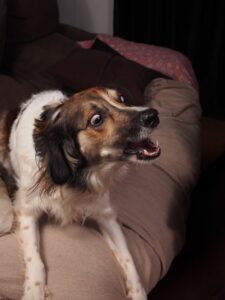 It’s very common for dogs to be reactive. Almost anything can trigger a reaction of barking, jumping, nipping, charging, or biting. Thankfully, most dogs are not aggressive, and the reactivity is limited to barking and jumping. Reactivity is a lack of impulse control. Impulse control is taught, usually by a very experienced dog trainer who has expertise in behavioral conditioning. Impulse control is not something a dog will develop with maturity. Humans also learn the skill of impulse control through mindfulness.
It’s very common for dogs to be reactive. Almost anything can trigger a reaction of barking, jumping, nipping, charging, or biting. Thankfully, most dogs are not aggressive, and the reactivity is limited to barking and jumping. Reactivity is a lack of impulse control. Impulse control is taught, usually by a very experienced dog trainer who has expertise in behavioral conditioning. Impulse control is not something a dog will develop with maturity. Humans also learn the skill of impulse control through mindfulness.
The excitement of having a visitor in the house is overwhelming to most dogs that have not been trained to control their impulses and behave appropriately when greeting a guest.
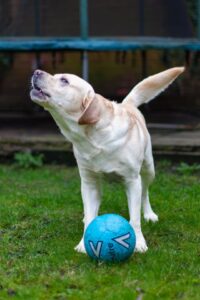 The other side of this coin is the dogs that are afraid of someone entering the house, and/or being territorial and reacting in a way that they perceive as protecting the home and family.
The other side of this coin is the dogs that are afraid of someone entering the house, and/or being territorial and reacting in a way that they perceive as protecting the home and family.
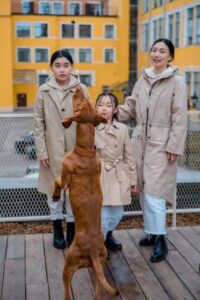 This could be anywhere on your property or in your neighborhood where you usually take your dog for a walk. You may also see this reactive behavior in an area close to where you take your dog to urinate or defecate.
This could be anywhere on your property or in your neighborhood where you usually take your dog for a walk. You may also see this reactive behavior in an area close to where you take your dog to urinate or defecate.
As long as your dog is not aggressive and will not attempt to charge at and bite a guest coming to your home, or near your property, there are a few ways to handle the “meet and greet” and make your dog feel more comfortable and less fearful or stressed about meeting a guest.
Additionally, keep in mind that if it’s okay for your dog to jump on you, especially when you come home after work or out for the day or even a few hours, it is okay for your dog to jump on anyone and everyone else.
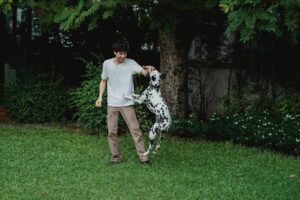
Method 1. Take your dog outside on a leash to meet your guests. It is best not to approach someone with your dog to meet them. Instead, walk your dog back and forth in front of your home, and let the guest join you on the walk.
When your dog appears to be okay with that, have your guest take the dog’s leash with as little fuss as possible and continue to walk your dog. Then head inside your home. I have used this method numerous times when meeting a client and dog for the first time, knowing the dog is uncomfortable with people entering the home.
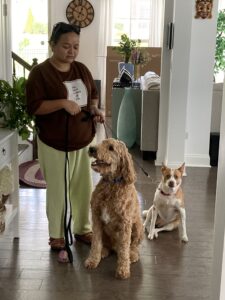 Method 2. When a guest comes to your home and knocks on the door, ask them to wait a minute and unlock the door, but leave it closed. Put a collar and leash on your dog and try to have your dog sit and stay next to you, about ten feet from the door. Tell your guest to come in, or have another person let them in if possible. If your dog starts barking and/or is reacting by jumping, guide your dog away from the door and toward another room. Then, try to have your dog sit and stay quietly for ten seconds. Now repeat the sit/stay closer to the door and your guest.
Method 2. When a guest comes to your home and knocks on the door, ask them to wait a minute and unlock the door, but leave it closed. Put a collar and leash on your dog and try to have your dog sit and stay next to you, about ten feet from the door. Tell your guest to come in, or have another person let them in if possible. If your dog starts barking and/or is reacting by jumping, guide your dog away from the door and toward another room. Then, try to have your dog sit and stay quietly for ten seconds. Now repeat the sit/stay closer to the door and your guest.
This is a great method for teaching your dog to greet guests appropriately. It works best if you practice by asking a friend or neighbor to help.
You can use a mat for your dogs to sit and stay on, which would be another “Go-To-Place” when a guest comes. The “Sit, Stay, and Down” can also be used at outings to restaurants with your dogs.





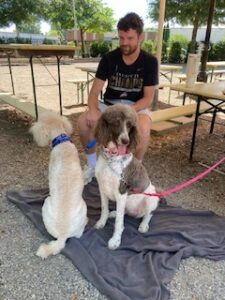
Method 3. If a guest comes into your home, and you have an overexcitable/reactive dog, have your guest walk in quietly without acknowledging your dog’s presence in any way. They should not speak to your dog or try to touch your dog.

Have your guest take a seat on a kitchen chair, rather than a couch, so that their arms hang down on the sides of the chair. Let your dog come to them and sniff and acknowledge the guest. Any petting should be under the dog’s muzzle and not over his head in all ‘meet and greet’ situations.
Your guest should be using a soft, gentle voice and make no sudden moves toward your dog.
Exposure therapy combined with other behavioral teaching methods is most helpful for reactive dogs. I will talk about that in another post.
